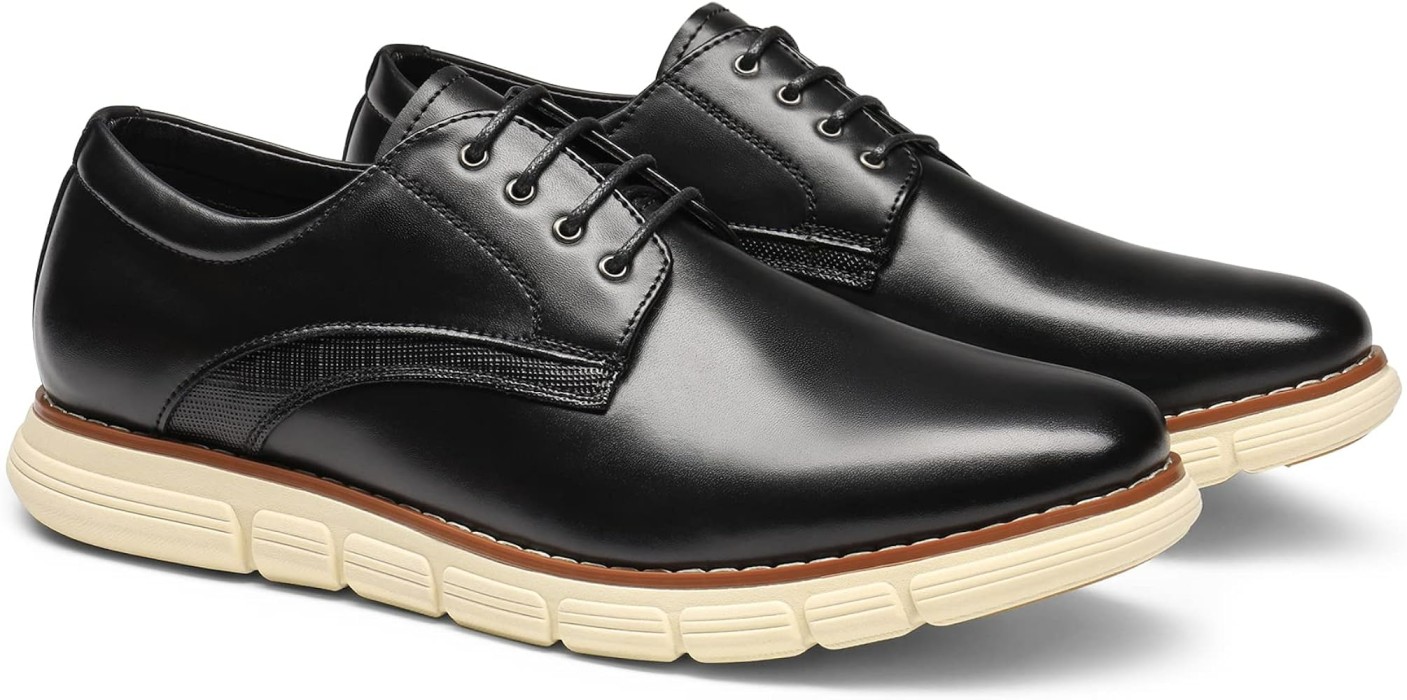
Formal Shoes: The Ultimate Guide to Style and Elegance
Introduction to Formal Shoes
Formal shoes are an essential component of any well-dressed individual’s wardrobe. Whether for business meetings, formal events, or special occasions, the right pair of formal shoes can enhance your overall appearance and boost your confidence. In this guide, we will explore everything about formal shoes, from types and materials to maintenance tips and styling advice.
History of Formal Shoes
The history of formal shoes dates back centuries. In ancient civilizations like Egypt and Rome, footwear was a status symbol. Over time, formal shoes evolved into different styles and designs, influenced by cultural trends and fashion advancements. Today, formal shoes have become a staple for professionals, businesspeople, and anyone looking to make a refined statement.
Types of Formal Shoes
1. Oxford Shoes
Oxfords are the epitome of classic formal footwear. They are characterized by a closed-lacing system, a sleek design, and a polished look. Suitable for business meetings, weddings, and black-tie events, Oxfords offer a refined appearance.
2. Derby Shoes
Derby shoes are similar to Oxfords but with an open-lacing system, making them slightly less formal but more comfortable. They are versatile and can be worn with suits or semi-formal attire.
3. Brogue Shoes
Brogues are distinguished by decorative perforations (broguing) on the surface. Available in various styles like full brogues (wingtips), semi-brogues, and quarter brogues, they add a touch of elegance and sophistication to formal outfits.
4. Monk Strap Shoes
Monk strap shoes have a strap and buckle instead of laces, offering a stylish alternative to Oxfords and Derbies. Available in single and double-strap versions, they provide a unique blend of tradition and modernity.
5. Loafers
Loafers are slip-on shoes that are comfortable and stylish. Though traditionally considered casual, leather and polished loafers can be worn in formal settings, especially penny loafers and tassel loafers.
6. Wholecut Shoes
Wholecut shoes are made from a single piece of leather, offering a sleek and seamless design. They exude luxury and are ideal for black-tie events and business settings.
7. Cap-Toe Shoes
Cap-toe shoes feature an extra layer of leather across the toe, adding subtle detailing while maintaining a formal look. They are commonly seen in Oxfords and Derbies.
Materials Used in Formal Shoes
The quality of formal shoes depends significantly on the materials used. Here are the most common materials:
1. Leather
Leather is the most preferred material for formal shoes due to its durability, elegance, and ability to mold to the shape of the foot. Types of leather include:
- Full-grain leather: High-quality, durable, and develops a patina over time.
- Top-grain leather: Slightly processed but still high-quality.
- Patent leather: Glossy finish, ideal for tuxedos and formal wear.
2. Suede
Suede is a softer, more flexible leather that offers a refined yet slightly casual look. It is less formal than polished leather but still stylish.
3. Synthetic Materials
Some formal shoes are made with synthetic materials like faux leather. While they may be budget-friendly, they lack the durability and elegance of genuine leather.
Choosing the Right Formal Shoes
When selecting formal shoes, consider the following factors:
1. Occasion
Different occasions require different styles. For a business setting, Oxfords and Derbies are the safest choices, while Monk straps and Loafers can be worn for semi-formal events.
2. Comfort and Fit
A well-fitted shoe prevents discomfort and blisters. Ensure proper sizing and try them on before purchasing.
3. Color Coordination
- Black: The most formal and versatile color.
- Brown: Works well with navy, grey, and earthy tones.
- Tan: Suitable for semi-formal outfits.
- Burgundy: A unique choice that adds a stylish touch.
Maintenance and Care for Formal Shoes
To keep your formal shoes in excellent condition, follow these maintenance tips:
1. Regular Cleaning
Wipe your shoes with a damp cloth to remove dirt and dust. Use a leather cleaner for deep cleaning.
2. Polishing
Polish your shoes regularly to maintain shine and protect the leather from drying out.
3. Use Shoe Trees
Shoe trees help maintain the shape of your shoes and prevent creases.
4. Store Properly
Store shoes in a cool, dry place and use dust bags or boxes to prevent damage.
5. Rotate Your Shoes
Avoid wearing the same pair every day to prolong their lifespan.
Styling Tips for Formal Shoes
1. Pairing Shoes with Suits
- Black Oxfords: Perfect for black, grey, and navy suits.
- Brown Brogues: Ideal for navy, beige, and light grey suits.
- Monk Straps: Versatile for both suits and business casual outfits.
2. Socks and Accessories
- Match your socks with your trousers for a seamless look.
- Avoid white socks with formal shoes.
- Leather belts should match the color of your shoes.
3. Business Casual Looks
- Loafers or Derby shoes work well with chinos and blazers.
- Suede shoes add a relaxed yet refined touch.
Popular Formal Shoe Brands
1. Allen Edmonds
Known for high-quality craftsmanship and timeless styles.
2. Church’s
A British luxury brand famous for premium leather shoes.
3. John Lobb
A prestigious brand offering bespoke and ready-to-wear formal shoes.
4. Alden
An American brand specializing in durable and stylish formal footwear.
5. Hugo Boss
Combines modern aesthetics with classic designs.
Conclusion
Formal shoes are a crucial investment for anyone who values style, professionalism, and elegance. Whether you prefer classic Oxfords, stylish monk straps, or comfortable loafers, choosing the right pair enhances your wardrobe and confidence. With proper care and styling, formal shoes can elevate your look and leave a lasting impression.